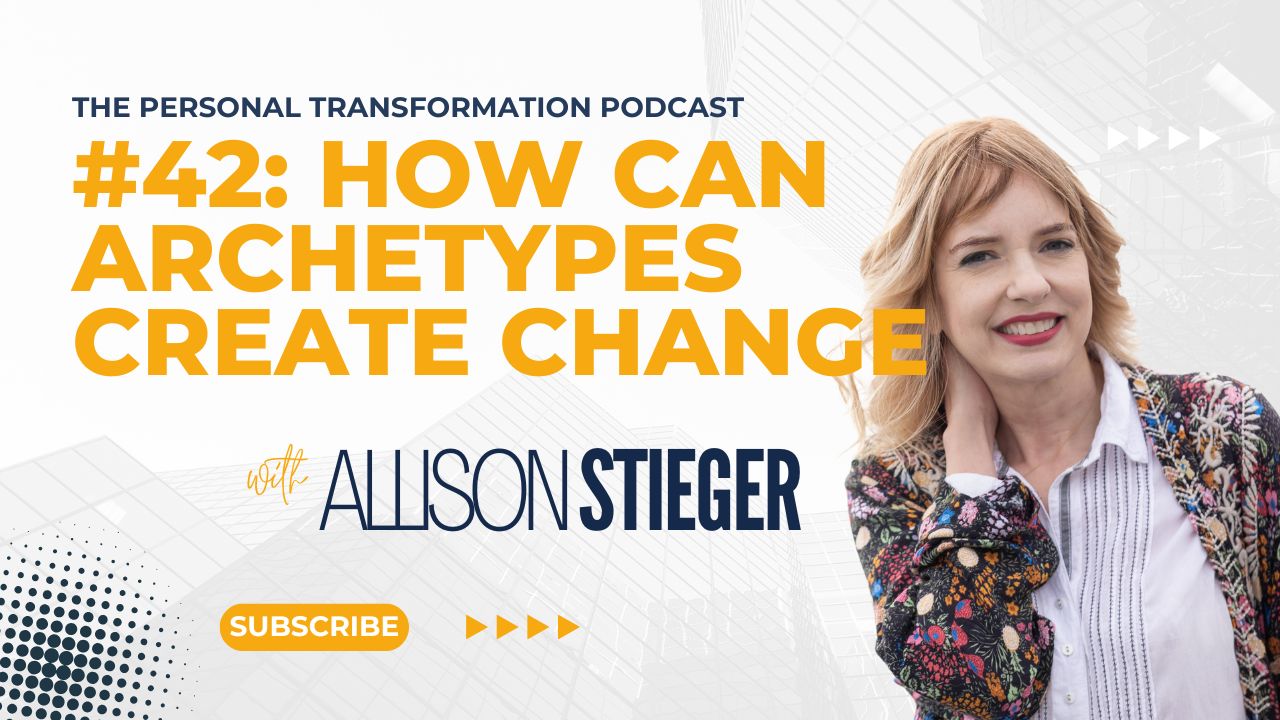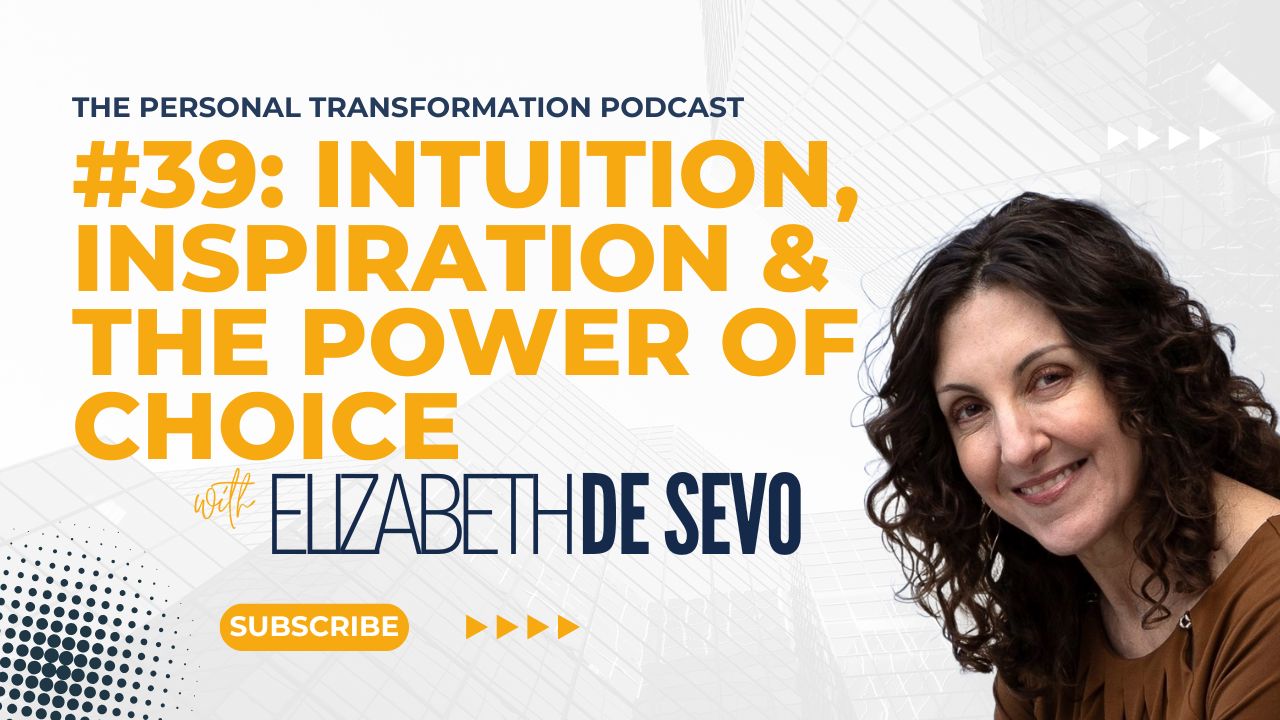Aristotle once said “You will never do anything in this world without courage. It is the greatest quality of the mind next to honor”.
We all know that we need courage to step up and make the most out of our lives, but what is courage? The dictionary defines courage as ‘the ability to do something that frightens one’, but surely there is more than one dimension of courage? Is the courage it takes to ride a roller coaster the same as it is to ask someone to dance? If you can jump out of an aircraft, can you also swim with sharks or speak in public?
If you look at the different actions in life that require an element of bravery and courage to overcome the fear associated to the task then you can effectively classify them into three different groups. These classifications are related to how much courage or more importantly, for how long, one needs to be successful.
Let’s look at the three types of courage below.
1 Moment Of Bravery
If you think about actions such as bungee jumping, diving into water from height, ripping off a plaster, having an injection, making a cold call and jumping into a cold swimming pool, there is an element of fear and apprehension associated with each of these activities. Therefore we need courage to complete these tasks, however each of these activities are fairly quick and don’t involve much thought.
Each of these activities just needs a short, intense period of courage, just one moment of bravery to begin the action. Once the action has started, there is no going back, the hard work is done. After all, you cannot change your mind half way through a bungee jump.
This kind of bravery is related to your emotional state, and knowing how to get into a peak state is vital to being successful with these kind of tasks. Your state is related to two elements; your physiology and your focus. All you have to do is think about the physiology of someone who looks confident, adopt the same posture and you will feel an element of confidence. (Check out Amy Cuddy’s TED talk for more information.)
Focus is a slightly more complicated element, but there are two phrases that will hopefully simplify it somewhat. The first is to ask yourself “what is the worst that can happen?”. In the examples above, there might be a small amount of discomfort, but in general, actions which require one moment of bravery don’t have major consequences. In the instances where the consequences are potentially a little more significant, such as the bungee jump, this is where the second phrase can be used – “f*** it!”
20 Seconds Of Courage
Some tasks take more than just getting into peak state. Over time that state can fade, the voices in your head can get a little louder and it becomes a lot easier to talk yourself out of completing a task. Think about what it takes to approach a stranger and ask them for a dance, singing karaoke or getting off the sofa and going for a run. If you imagine each of these situations, there is so much more that could go wrong, and if you ask yourself that question from before, your mind will be able to conjure up so many examples you won’t even take the first step.
“You know, sometimes all you need is twenty seconds of insane courage. Just literally twenty seconds of just embarrassing bravery. And I promise you, something great will come of it.” Benjamin Mee – We Bought A Zoo
You wouldn’t imagine it would be Matt Damon that helped me realise this element of bravery, but that quote from the movie sums up this kind of bravery. He is right, you have to be prepared to be embarrassed or a little insane, but the rewards for this kind of courage are so much greater. So how do you develop 20 seconds of courage?
One question – “what if it doesn’t?”
Most people’s brains when they think about tasks which require 20 seconds of courage go into overdrive asking all sorts of “what if” type questions. “What if it goes wrong?”, “what if I fail?, “what if I get rejected?”
Think about the last time you went to a theme park and queued for a roller coaster. Ok, so if you only had to queue 20 seconds I’m sure you would be very happy, but most people don’t get really nervous until it is almost there turn to ride. This is when they start asking themselves questions like “what if it breaks?”, “what if I don’t get the harness attached properly?”, “what if it stops half way round while we are upside down?” and other such panic driven thoughts.
If you stay focused on these thoughts, you wouldn’t ride the roller coaster. That is why you see people getting right to the end of the line and then bailing last minute as these thoughts have just taken them over completely. This is where you use that one question. “What if it doesn’t break? After all, these things are tested every day.” “What if the harness is fine? I mean, they are designed for people of all sizes.” “What if it doesn’t get stuck upside down and instead we get to experience the ride of our lives!?”
Switching your attention to the positive and rationally justifying your fears are ways to develop this kind of courage. Fear in these situations is understandable, but it doesn’t have to change your behaviour. Remember, courage can only happen in the presence of fear, they rely on each other to exist. Your job is to focus beyond the fear. What would happen if you did complete the task in the face of your fear? What would it mean if you did have the courage and bravery to succeed where others hadn’t?
Once you get used to the voices in your head and the questions they ask, you will find it easier and easier to reframe and refocus them. Perhaps you then need the one moment of bravery to take the first step, but after that, its all in your head.
1 Lifetime On Purpose
So far we have talked about fairly short term goals and experiences. Is there a different kind of bravery that applies to longer term challenges? The answer is yes and no.
The answer is no because all big goals can be broken down into smaller constituent parts. (If you haven’t done it already, use my goal setting playbook to get clear on your goals!)
Building a business involves selling, recruiting, marketing and production, all of which require day to day elements of courage and bravery. Sales in particular requires bravery to continually face potential rejection on a daily basis. Marketers are responsible for making the best possible budget decisions but could get it wrong. Each action within the growth of a business requires moments of bravery and 20 seconds of courage every single day and so the above techniques will help extremely well in these situations.
However, the answer is also yes. There is a different kind of courage that is associated with running a business, or living the life of an artist, or choosing a vegan lifestyle and that is the courage to avoid the urge to take the easier path. Every business owner has had the thought of going back to the 9-5 job, of not having to worry about staff and the idea of paid holidays, especially when times get tough. Choosing to eat healthy can seem impossible when you are surrounded by fast food, vending machines and take aways and sometimes it can seem as though you are missing out. Following your passions as an artist can be difficult at first, you may not make much money and you may feel people don’t appreciate your work.
In these situations, no one around you would blame you for taking the easier path. The people around you often just want to see you happy, and they may not understand the struggle you are putting yourself through.
However, inside of you there is a level of determination that only others with the same feeling can understand. Something burns inside of you that ensure you stay on this path. You understand that the biggest goals with the most reward also bring with it high levels of resistance, fear and hesitation. However, you have made that decision that this is how you are going to live your life, and I applaud you.
Living a lifetime on purpose requires more than just mastering the moments of bravery and the 20 seconds of courage. It takes commitment to your dream and passion and the ability to maintain the vision that is your long term success.
“Like I always tell my clients – begin each day as if it were on purpose.” – Hitch
So there you have it, three different types of courage. Now you know the areas you need to work on, begin today to develop your levels of courage and bravery.



HI,
I have lived most of my life pushing through fears. I agree with so much you say. I wish the people I love would learn how to get past their fears and get the voices of their parents, friends, society and just find their voice inside. The one that is our higher self….
I have learned recently about baby steps…I am starting my second business…at 57….and I have so much to do…taking it slowly is fine..Meaning if I get 2 or 3 things done in one day…this is fantastic…then it will get easier….
Thanks for letting me get some stuff off my chest! And thanks for the words of encouragement and education!
Romola
Hey Romola, you are so right about it being other people’s voices in our heads, rather than our own. I wish you every success in the new business venture and strength when taking on those 2 or 3 big rocks each day! Good luck!
[…] & The Correct Use of 4-letter Words” and involved concepts from some of my other posts on Bravery and Getting Outside Your Comfort Zone, but also looked at historical elements of fear written about […]